The story of how our sun will become a massive diamond floating in the sky.
When a medium sized star like our sun has burned out all of its nuclear fuel, its core might well become a huge diamond of the size of a planet like Earth!
In this article we will explore that possibilty by first reminding ourselves of the process that transforms a star into a white dwarf. Then, we will reflect on the consequent composition of this stellar remnant. That will make us realize that it is highly probable that after some time, many white dwarfs, will end up as huge carbon diamonds.
Finally, we will understand that our sun has the right mass to end its life as one of these diamonds in the sky.Gravitational forces and radiative pressure counteract each other and ensure the stability of a star.
A typical star like our sun is in hydrostatic equilibrium: the huge inwards gravitational forces tend to compress its core in which consequently, nuclear fusion reactions occur.
The release of energy is under the form of kinetic energy of the reactions’ products. That means that particles are ejected strongly in all directions leading to what is called radiative pressure that prevents the star to collapse further. Stronger the gravitational force, stronger the fusion rate, thus the radiative pressure that counteracts it. The star is stable and will spend most of its life in that state: It is said to be in its main sequence.
The proton-proton cycle: the source of energy of main sequence stars
For a nuclear fusion to take place, very high conditions of pressure and temperature are required to compensate for the electrostatic repulsion of positively charged nuclei. This is permitted by gravity when the mass of a body is large enough. For example, in a typical star, the fusion of 4 hydrogen nuclei (protons) results in the formation of a Helium nucleus, 2 positron, 2 neutrinos and a two highly energetic photons. Such process is called the proton-proton cycle.
Helium nuclei, heavier than Hydrogen nuclei sink towards the center of the star. The star is now composed of a Helium core and a hydrogen shell. So what happens in the core region when a large fraction of the reactants (here the Hydrogen nuclei) has been consumed?
What about when the hydrogen fuel dries out?
2 scenarios can occur depending of the mass of the star.
If the star has very low mass (less than 0.5 mass of the sun), the gravitational force is not strong enough to heat up the core up to a temperature high enough to initiate fusion of Helium in its core. The star becomes a white dwarf composed mainly of Helium nuclei (a Helium white dwarf). Very small stars have very long life spans, longer than the current age of the Universe. Consequently, it is believed that none of these stars have reached that state. The Helium white dwarfs that have been detected up to now originate from larger stars but have subsequently lost mass by other phenomena.
The cases that interest us here are that of stars which have a mass comprised between 0,5 and 8 times the solar mass. What happens to stars larger than that will be discussed in a future article. For these medium sized stars, the radiative pressure falls along with the hydrogen fusion rate and gravity kicks in again. Temperature and pressure inside the core increase to a point where new fusion reactions, for which Helium is now the reactant, take place. One of these processes is called the triple alpha process where three Helium nuclei fusion into one carbon atom, transiting by the less stable nuclei Beryllium.
In turn, Carbon can fuse with an extra Helium nucleus to form Oxygen.
The energy released by these fusion reactions allows radiative pressure to stabilize the star once again for a short while. The lighter non-fusing exterior shells of the star are pushed away from the core: the star inflates and becomes a red giant.
And once again, the products of the fusion of Helium (Carbon and Oxygen) sink toward the center of the star and create a new core.
What happens when most of the Helium is consumed?
Well, again, because there is no more energy available from fusion reactions to counterbalance gravity, the gravitational force compresses the core further. The latter sees its temperature and pressure rise to very high levels but not enough to initiate further fusion reactions: quantum mechanics will put a stop to the insane collapse.
Quantum Mechanics to the rescue!
When the core of a non-fusing star collapses due to gravity, it is now a plasma of positively charged nuclei immersed in a sea of electrons. This sea of electrons can be modeled like a gas.
In normal conditions, individual electrons of an electron gas move into the energy state corresponding to their kinetic energy (understand their temperature). Yet, in the carbon-oxygen core of our dying star, The pressure due to the huge gravitational field forces the electrons to fill up all lower energy states. When the amount of space available decreases, the amount of low energy states does also. The electrons that cannot move to low energy states are forced to move into higher energy states. This phenomena is a consequence of the Pauli exclusion principle that says that two particles cannot be at the same place with the same energy state. The electron gas is now called a degenerate gas.
So now, rules have changed: the energy states of electrons are not dictated by their individual kinetic energies. The momenta associated with these forced state are imposed to the electrons This phenomena generates a pressure that counteracts gravity: the electron degeneracy pressure.
In short, a new barrier originating this time from the quantum world prevents the star to collapse further. The core of the star is now stable despite having no new energy source to counter gravity: Pauli’s exclusion principle, one of quantum mechanics pillars, does the job!
During the helium fusing process forming the carbon – oxygen core, the atmosphere and outer layers of the star have been expelled into space. The ionizing radiation coming from the exposed surface of the hot core will ionize the dispersed gaz providing a beautiful sight: a planetary nebulae (See picture below).
Note the little dot in the center. Guess what it is!
Let’s explore further the structure of a white dwarf
So we are left now with a white dwarf, a mysterious body composed of ultra packed carbon nuclei with some oxygen and traces helium, immersed by a degenerate sea of electrons… The size of this object is about that of a planet like Earth but it consists of a material with unimaginable density (1 table spoon of white dwarf has a mass of a 30 ton truck!).
Degenerate gases are thermal super conductors; therefore the temperature (1-10 million Kelvin) is roughly uniform throughout the interior of the white dwarf. The external layers being less under pressure are not made of degenerate matter, so typically cool down to around 10000 K and lose energy through soft X-Rays, UV and visible radiation (the external layers act like a black body).
Because the surface of a white dwarf is relatively small in comparison to the high amount of energy contained, the gradual cooling-down process is a lengthy one. It takes billions of years before the temperature of the surface is low enough to allow crystallization processes to take place (for temperatures <4000K).
Most of the white dwarfs that are known have surface temperatures comprised between 8000K and 40000K. Still too high for any form of matter to crystallize. However, there is a bias in this statement: hotter white dwarfs are more luminous, this is why we can detect them more easily.
For example, recently, a very cool white dwarf was indirectly discovered by the effect of its gravitational field on neighboring pulsar emissions. Its surface temperature was evaluated at 3900K. So white dwarfs cold enough to have potentially crystallized surface do exist! They must still be quite rare though because of the time required for these stellar remnants to cool down.
Crystallization is a process when an amorphous material (for example a plasma) cools down enough to form bonds between its constituent particles, thus allowing regular and repetitive patterns to emerge. (Think about water cooling gradually until the temperature is low enough for crystalline ice to form).
It is highly probably that such a process occurs on slow-cooling carbon based white dwarfs which have a surface temperature inferior to 4000K: Crystallization would start first on the surface, then migrate towards the center until all the star has become a huge crystal. White dwarfs progressively become diamonds!
It is believed that after thousands of billions of years, white dwarfs will have lost most of their thermal energy and reach a point where they will be fully crystallized. In other words they will become huge diamonds floating in the sky.
As they approach thermal equilibrium with space around them, their temperature will become very low and they will not radiate anymore electromagnetic radiation. These future objects, yet to appear in our universe are called black dwarfs. Let’s call them dark diamonds…
And our sun will be one of them.
Sources and references:
- Astrophysics High Level (Booklet written for my students)
- https://public.nrao.edu/news/cold-white-dwarf/ https://en.wikipedia.org/wiki/White_dwarf
- https://public.nrao.edu/news/cold-white-dwarf/
- https://en.wikipedia.org/wiki/Degenerate_matter#Degenerate_gases
- https://en.wikipedia.org/wiki/Planetary_nebula#Origins https://www.space.com/26335-coldest-white-dwarf-star-diamond.html
Pictures (all found with Google image advanced with license for modification and commercial use)
- https://www.jpl.nasa.gov/spaceimages/
- http://www.pixabay.com
- https://www.eso.org/public/images/
- https://commons.wikimedia.org/
Hi,
I’m @muphy, My life revolves around music production, teaching sciences, and discovery through travel.
You enjoyed that post? Resteem and Upvote!
You are interested in these topics? Follow me!
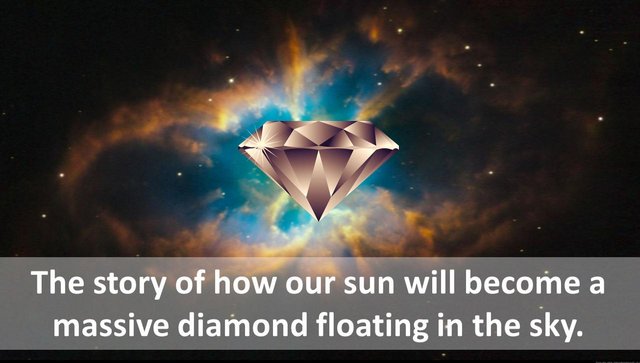
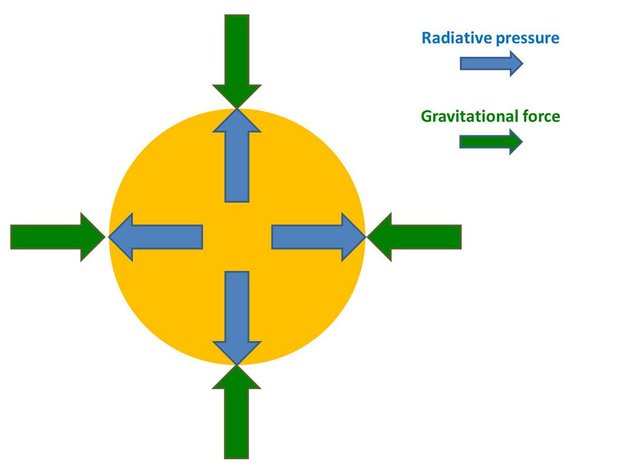




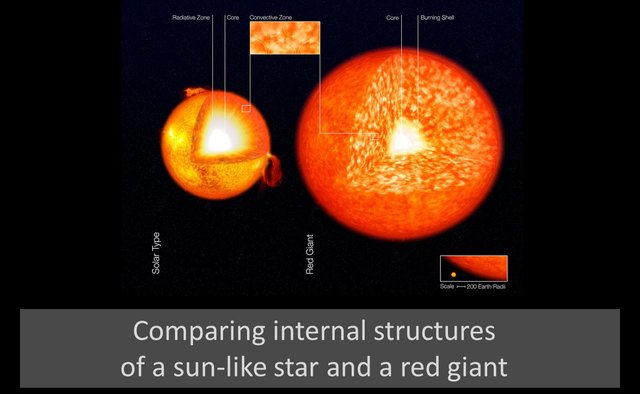

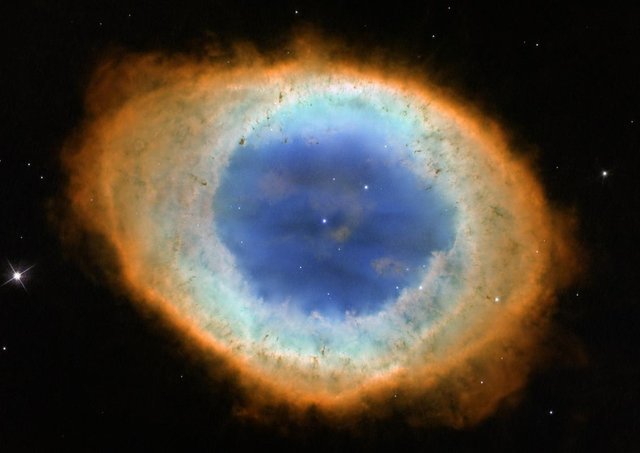

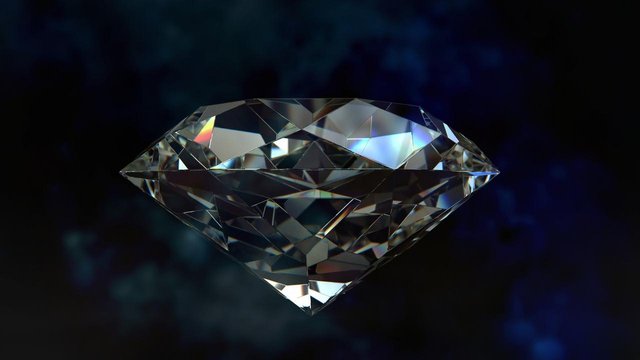

Why can't it turn into a giant bucky ball?
Excellent thought... Actually I had planned this article to be longer but it would have been too long.
So when my students give me a break, I will write a second part to it where I will discuss an idea not too far from what you are saying.
Silicon under HPHT conditions converts to a Diamond structure, but if specific impurities are present it can crystallise under clathrate form, a cousin structure of the buckyball, for example Na8Si46. This was my PhD thesis.
I will discuss this possibility for Carbon (same valence electronic structure than Si), leading to a potentially carbon whitedwarf crust exhibiting a clathrate structure, for example He8C46 or He8O16Si136.
Stay tuned!
This is a very nice pots. Do you know that this helium fusion reactions you mentioned are also known as one of the bottlenecks that were forbidding the formation of heavier elements in the early days of the universe?
Merci @lemouth.
What do you mean? Are you talking about primordial nuclear synthesis?
In that case, it would be the high stability of the Helium nuclei that prevented heavier elements to form: Fusion of Hydrogen occurs at lower temperatures than that of Helium. So when Helium formed in the first place, the universe was already too cold to provoke heavier fusions. It had to wait for the birth of the first stars before fusion processes could start again...
Exactly. There are no stable nuclei with 5 and 8 nucleons, so that you cannot simply add a neutron or a proton on a nucleus already formed. Instead, you need to fuse helium to produce carbon :)
If you like diamonds, Saturn and Jupiter probably have rivers of diamonds .
Very interesting post - will follow you!
Thank you, I am glad you enjoyed this article. There will be more!
I don't see this happening in my lifetime, that's for sure.
Oh you never know... one day genetic engineering may find a solution for immortality ;-)
Well if they do, the government will try to keep it to themselves. I'm thinking my best chance is that there is reincarnation and I'll be coming back strong next time.
But, you're right, we just never know. I hope so.
I do not know if conspirationism and Buddhism go well together, haha!
If they do, well maybe it would be for the best... (for once!)
Death is what gives meaning to life, besides the Earth would become clearly hell after a century or so!
Congratulations @muphy! You have completed some achievement on Steemit and have been rewarded with new badge(s) :
Click on any badge to view your own Board of Honor on SteemitBoard.
For more information about SteemitBoard, click here
If you no longer want to receive notifications, reply to this comment with the word
STOPin heat transfer the sun change with all the universe with Radiation so how can the radiation turn to convection ? because in the space there's nothing !!
You are right, the heat transfer from a star like our sun to its environment can only be done by radiation. For convection based heat transfer you need a material medium. Space being mostly exempt of matter, convection processes cannot occur in space.
This is why a white dwarf takes so long to cool (radiation based cooling is not very effective for very dense objects with a small surface like white dwarfs)
However, within the plasma of a star, i.e, inside the outer layers of a star, convection currents do exist, but they just channel thermal energy within the star itself (from hot spots to cold spots for example).
thank you a lot .. so rich informations sir (y)